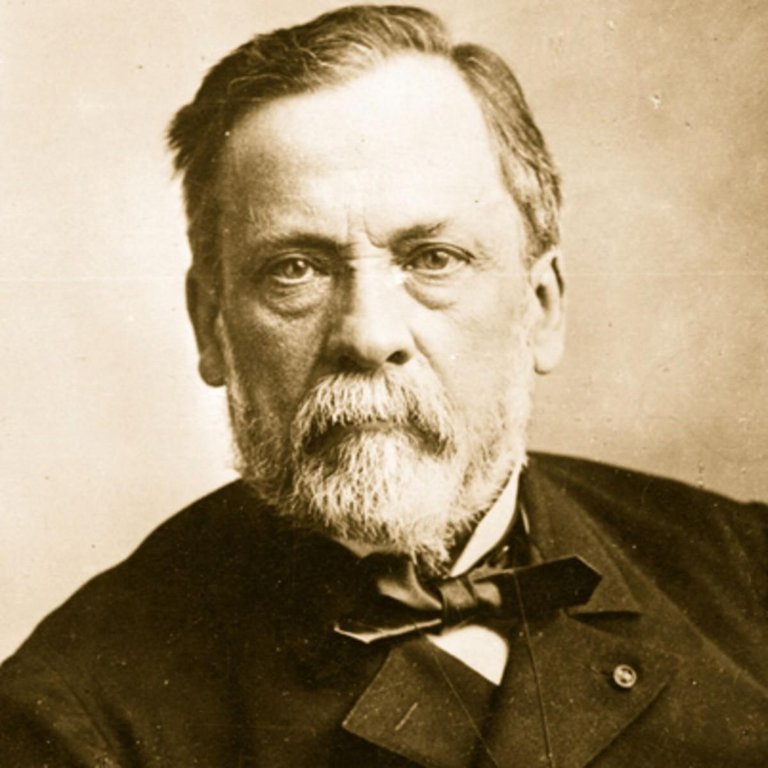Historians are unsure who made the first observations of microorganisms,but the microscope was available during the mid-1600s, and an English scientist named Robert Hooke made key observations. He is reputed to have observed strands of fungi among the specimens of cells he viewed. In the 1670s and the decades thereafter, a Dutch merchant named Anton van Leeuwenhoek made careful observations of microscopic organisms, which he called animalcules. Until his death in 1723, Van Leeuwenhoek revealed the microscopic world to scientists of the day and is regarded as one of the first to provide accurate descriptions of protozoa, fungi, and bacteria. MICROBIOLOGY had had a long, rich history, initially centred in the causes of infectious diseases but now including practical applications of science. Many individuals have made significant contributions to the development of microbiology. 
After van Leeuwenhoek died, the study of microbiology did not develop rapidly because microscope were rare and the interest in microorganisms was not high. In those years, scientist debated the theory of spontaneous generations, which stated that microorganisms arise from lifeless matter such as beef broth. This theory was disputed by Francesco redi, who showed that fly maggots do not arise from decaying meat (as other believed) if the meat is covered to prevent the entry of flies. An English cleric named John Needham advanced spontaneous generation, but lazzaro Spallanzani disputed the theory by showing that boiled broth would not give rise to microscopic forms of life. 
LOUIS PASTEUR and the germ theory. PASTEUR worked in the middle and late 1800s. He performed numerous experiments to discover why wine and dairy products became sour, and he found the bacteria were to blame. PASTEUR called attention to the importance of microorganisms in everyday life and stirred scientists to think if bacteria could make the wine “sick”,then perhaps they could cause human illness. PASTEUR had to disprove spontaneous generation to sustain his theory, and he therefore devised a series OS swan-necked flasks filled with broth. He left the flasks of broth open to the air,but the flasks had a curve in the neck so that microorganisms would fall into the neck, not the broth. The flasks did not become contaminated (as he predicted they would not), and Pasteur's experiments put to rest the notion to spontaneous generation. His work also encouraged the belief that microorganisms were in the air and could cause disease. PASTEUR postulates the germ theory of diseases, which states that microorganisms are the causes of infectious disease.
PASTEUR's attempts to prove the germ theory were unsuccessful. However, the German scientist Robert Koch provided the proof by cultivating anthrex bacteria apart from any other type of organism. He then injected pure culture of the bacilli into mice and showed that the bacilli invariablycauaed anthrex. The procedure used by koxh came to be known as Koch's poatulates. They provided a set of principles whereby other microorganisms could be related to other diseases.
Hi! I am a robot. I just upvoted you! I found similar content that readers might be interested in:
https://www.cliffsnotes.com/study-guides/biology/microbiology/introduction-to-microbiology/a-brief-history-of-microbiology